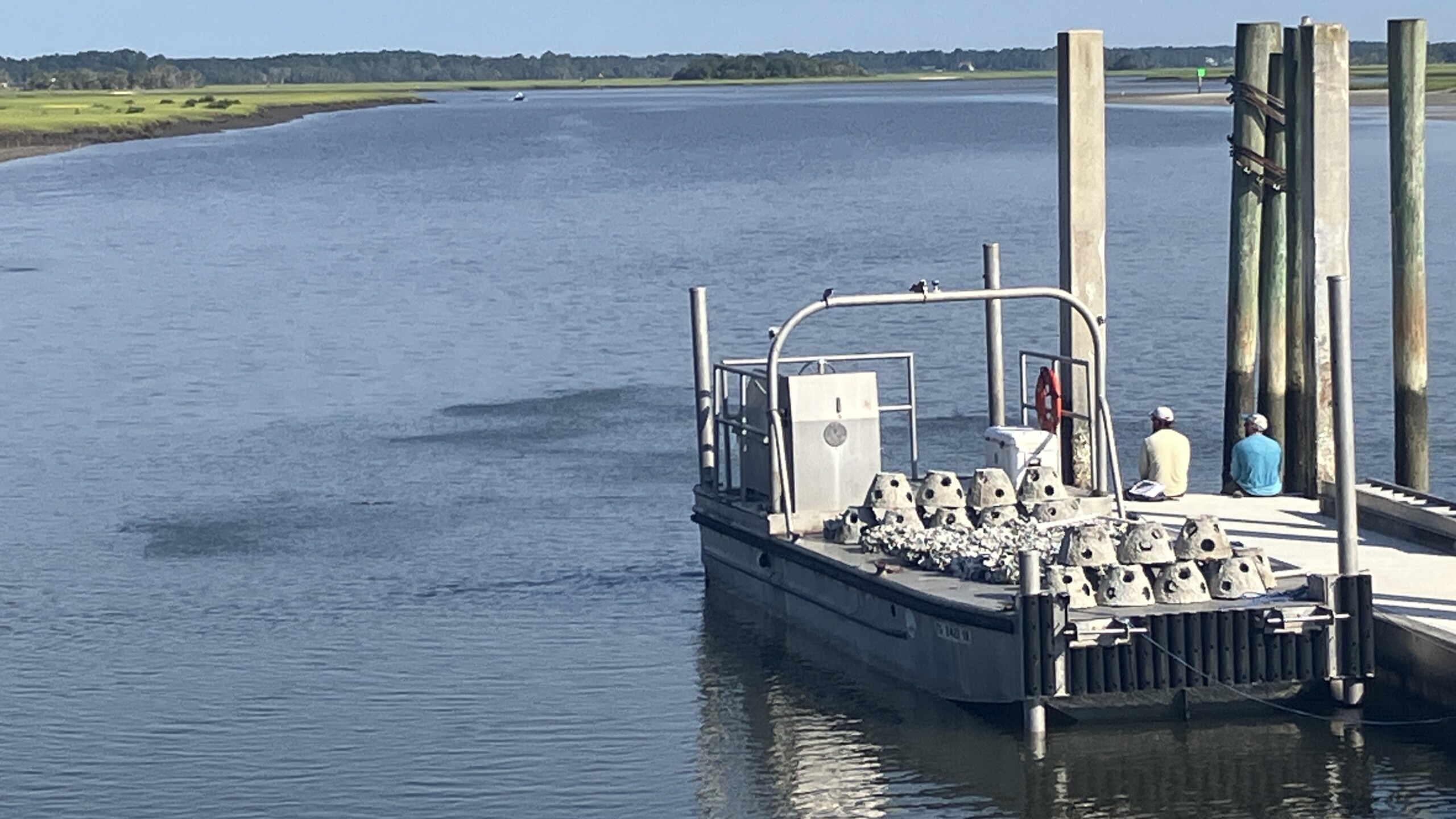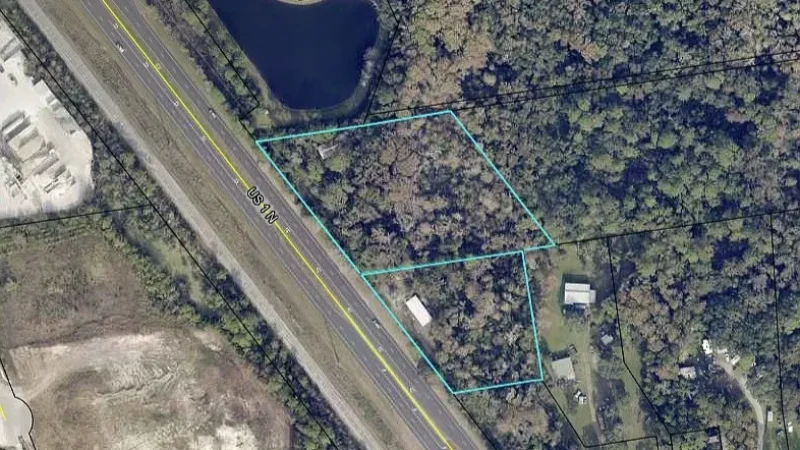The University of North Florida is deploying a novel way of protecting the shoreline — using oyster shells.
The university — with the National Park Service, Timucuan Parks Foundation and St Johns Water Management District — launched a project Wednesday at the Timucuan Ecological & Historic Preserve.
The goal is to “restore oyster reefs, fight erosion, rebuild fish populations, save the marshes and reduce loss of historic coastal communities and artifacts,” according to a news release from the university.
The project uses oyster shells, some recycled from local restaurants, and places them glued together along the shoreline, said Steven Kidd, chief of science and resource management for the National Park Service. Once the oysters are in place, more oysters will naturally join in over time and expand the bed. From there, the reef protects the shore from erosion.
“What we really want to maintain is what we call elevation capital in the marsh — areas where salt marsh grasses can grow,” Kidd said. “And one of the things that helps protect the salt marsh grasses are active and healthy oyster beds in front of them, which sort of provide a breakwater, if you will, for boat wake.”
The structures used for the project were invented, designed and produced by University of North Florida faculty and researchers, according to the news release.

Workers arrange pallets of oyster shells before transporting them to a barge at the Timucuan Ecological & Historic Preserve on Wednesday, July 26, 2023. | Joshua Pantano, Jacksonville Today
Boat wakes are the most likely cause of shoreline erosion, said Kelly Smith, associate professor in the biology department at UNF. If the project proves to resist shortline erosion, it could be expanded, Smith said.
“The hope is that this will be something that a lot of communities can use,” Smith said. “A number of different groups are trying to create habitats to enhance oysters, and it’s been a big challenge in terms of what the best methods are because they all have their different problems.”
The project received multiple grants, said Raphael Crowley, an associate professor of civil, coastal and port engineering at the University of North Florida.
Other grants came from the National Park Foundation through a donation by waste company Stericycle and from Florida’s State Wildlife Grants Program, Crowley said.
Helpers came out to assist with the project, including workers and volunteers from the university’s partners, as well as graduate students. Lauren Cope, a graduate student at the University of North Florida studying Civil Engineering, said many students assisted with the development of the project.
“Specifically with the coastal engineering, we do a lot of modeling with the units … and building the units as well,” Cope said. “Modeling is mainly what I did, and also fieldwork and deployment.”
There will be opportunities for others interested in getting involved with the project, Crowley said: “We have several days coming up where we’re going to be building more of these artificial oyster seats.”
Crowley can be reached at r.crowley@unf.edu.
9(MDEwNzczMDA2MDEzNTg3ODA1MTAzZjYxNg004))






